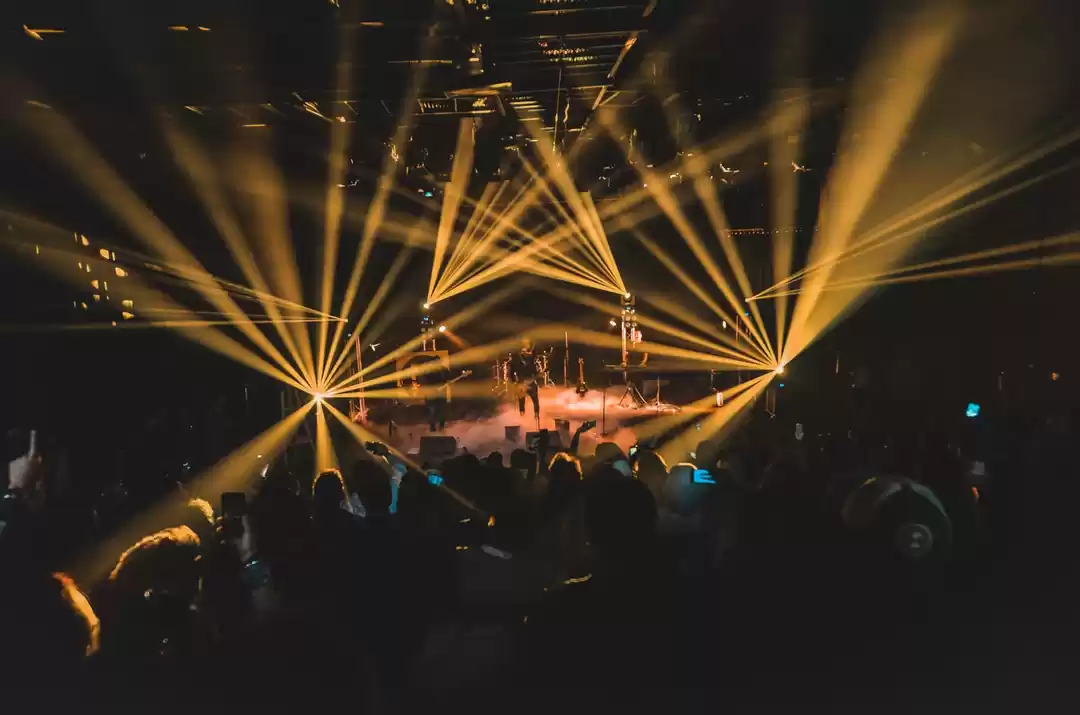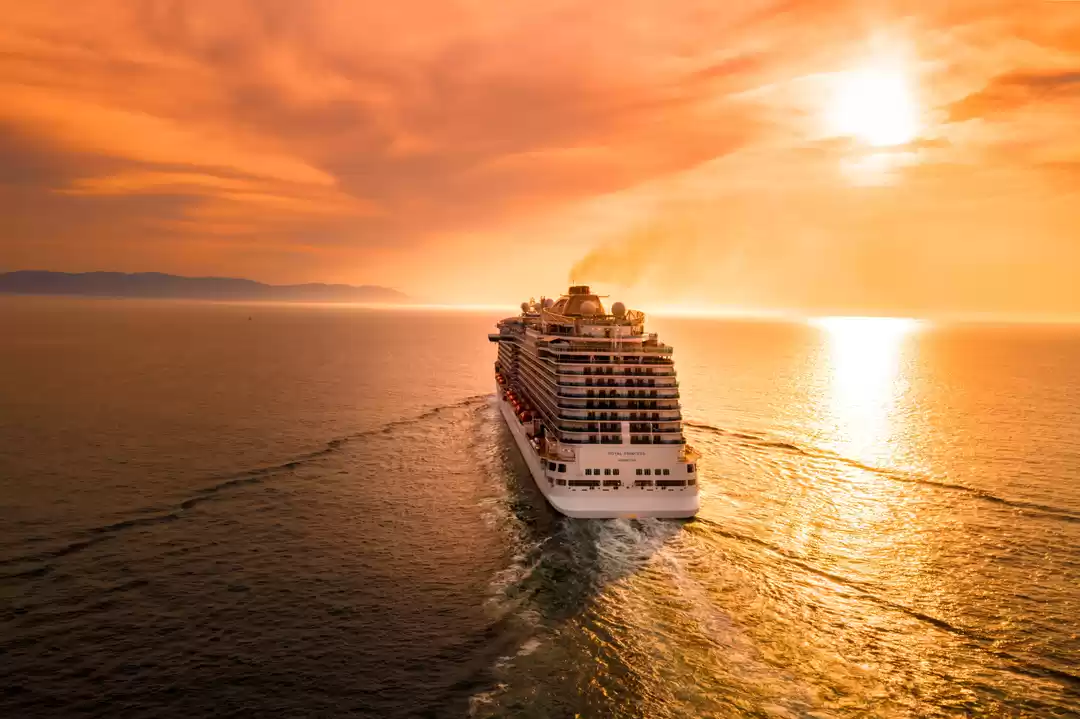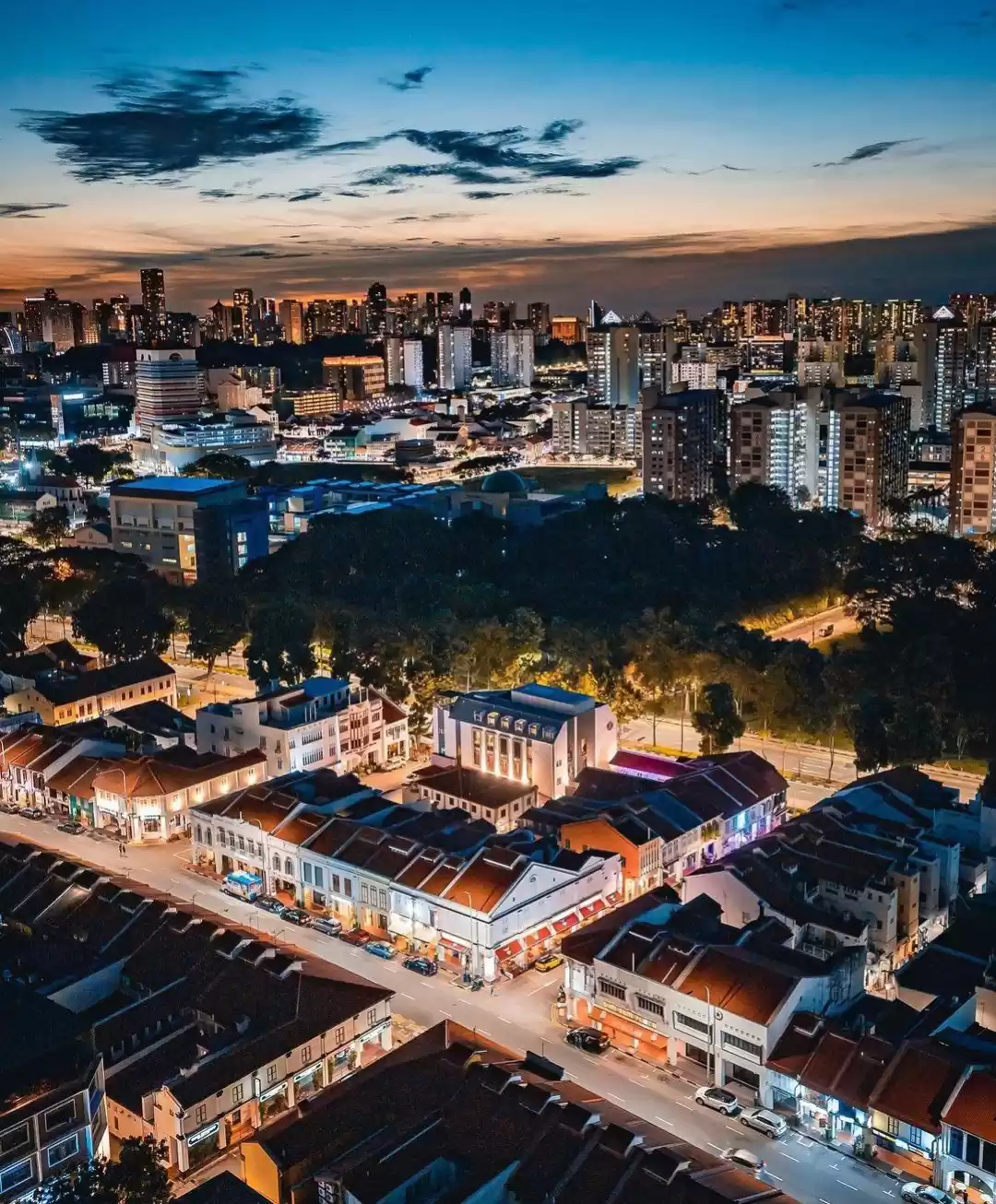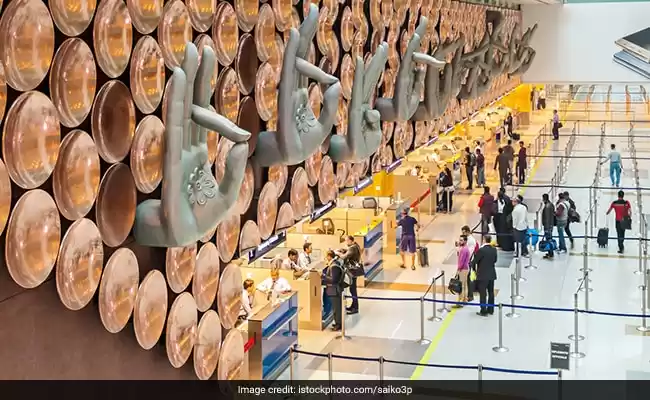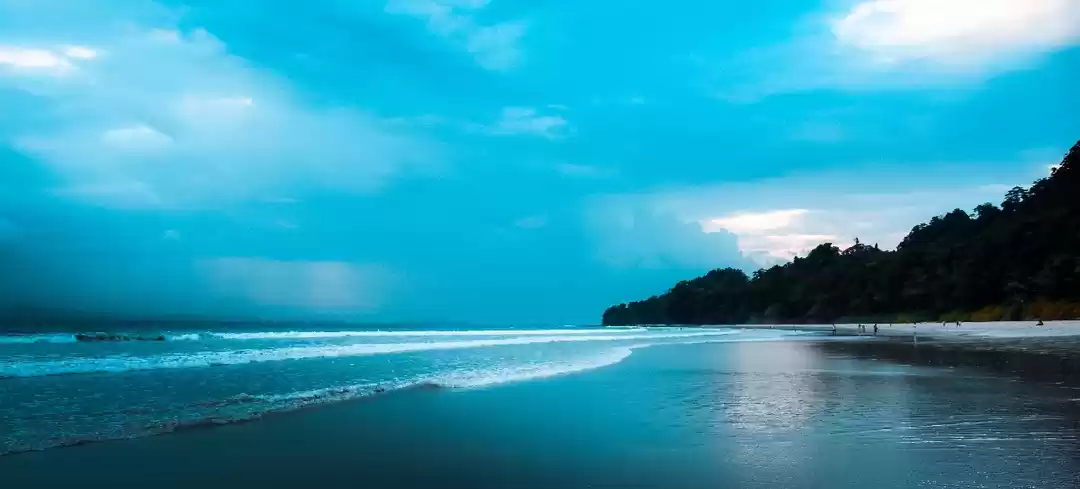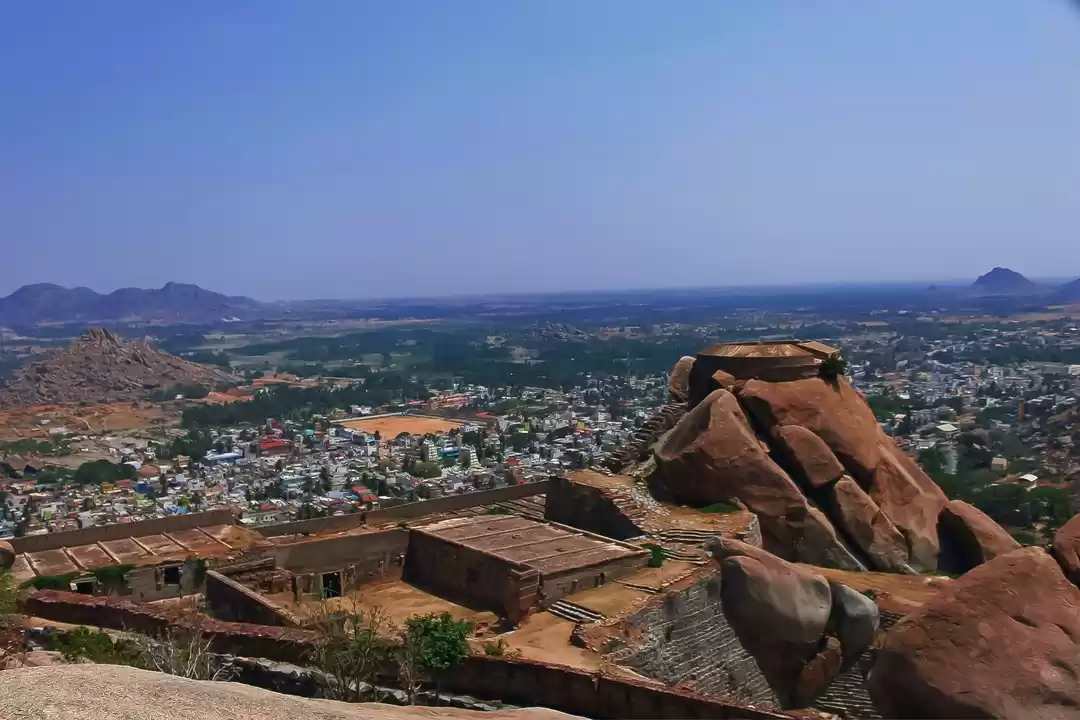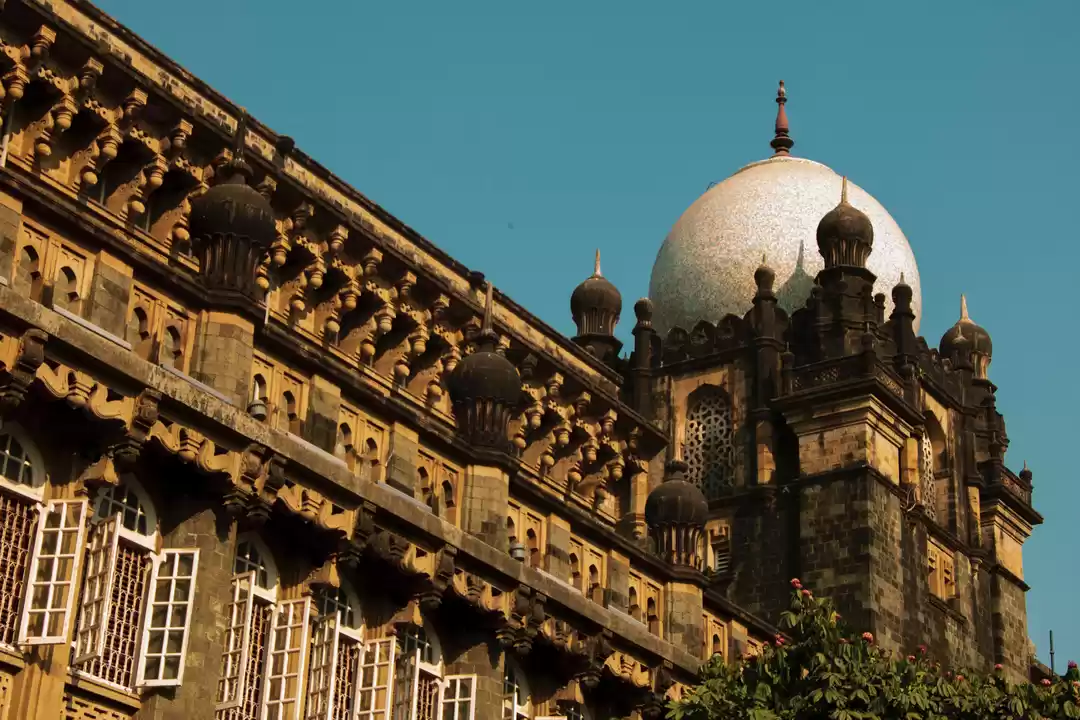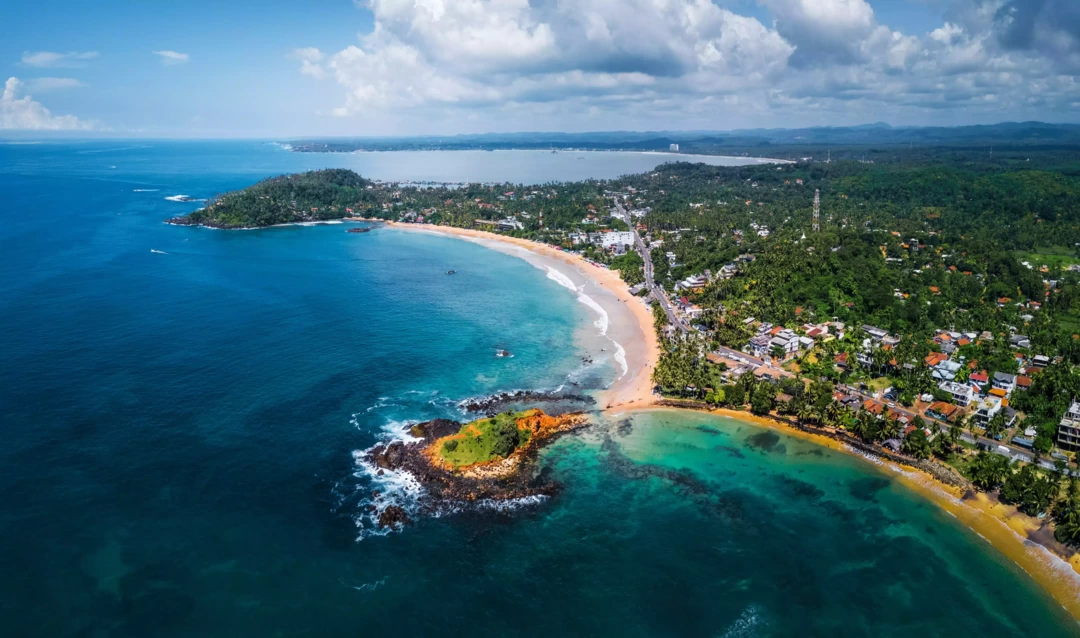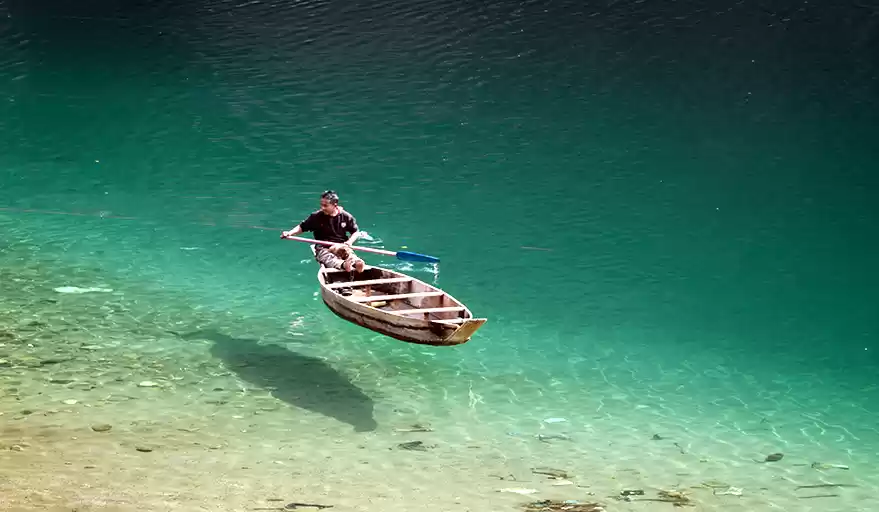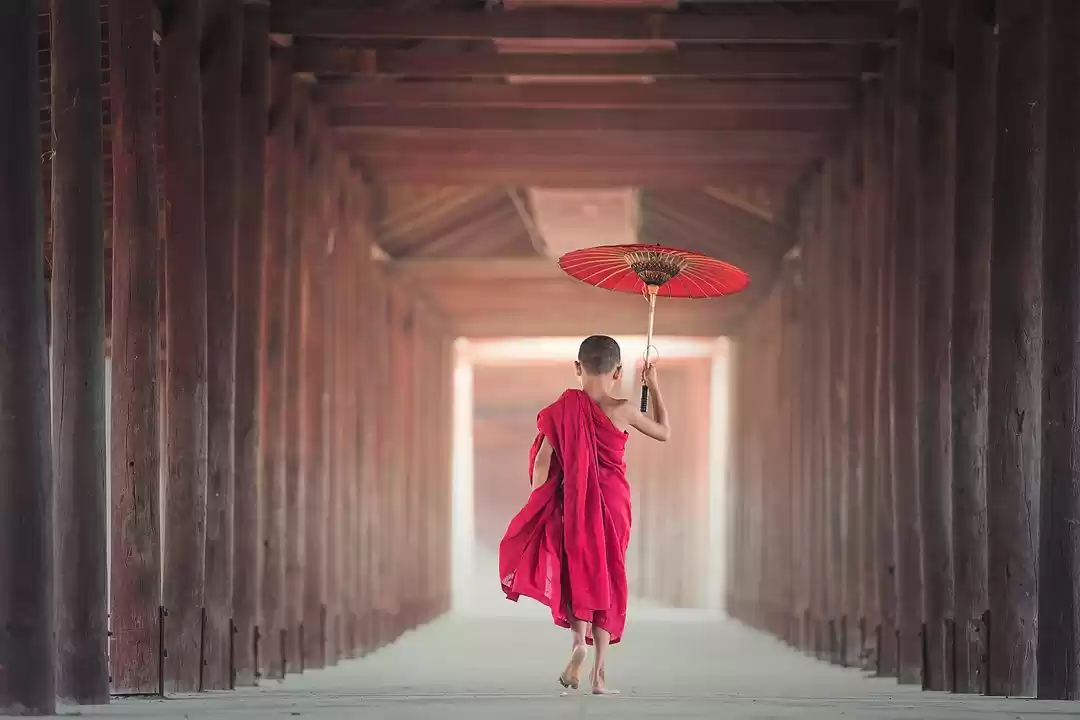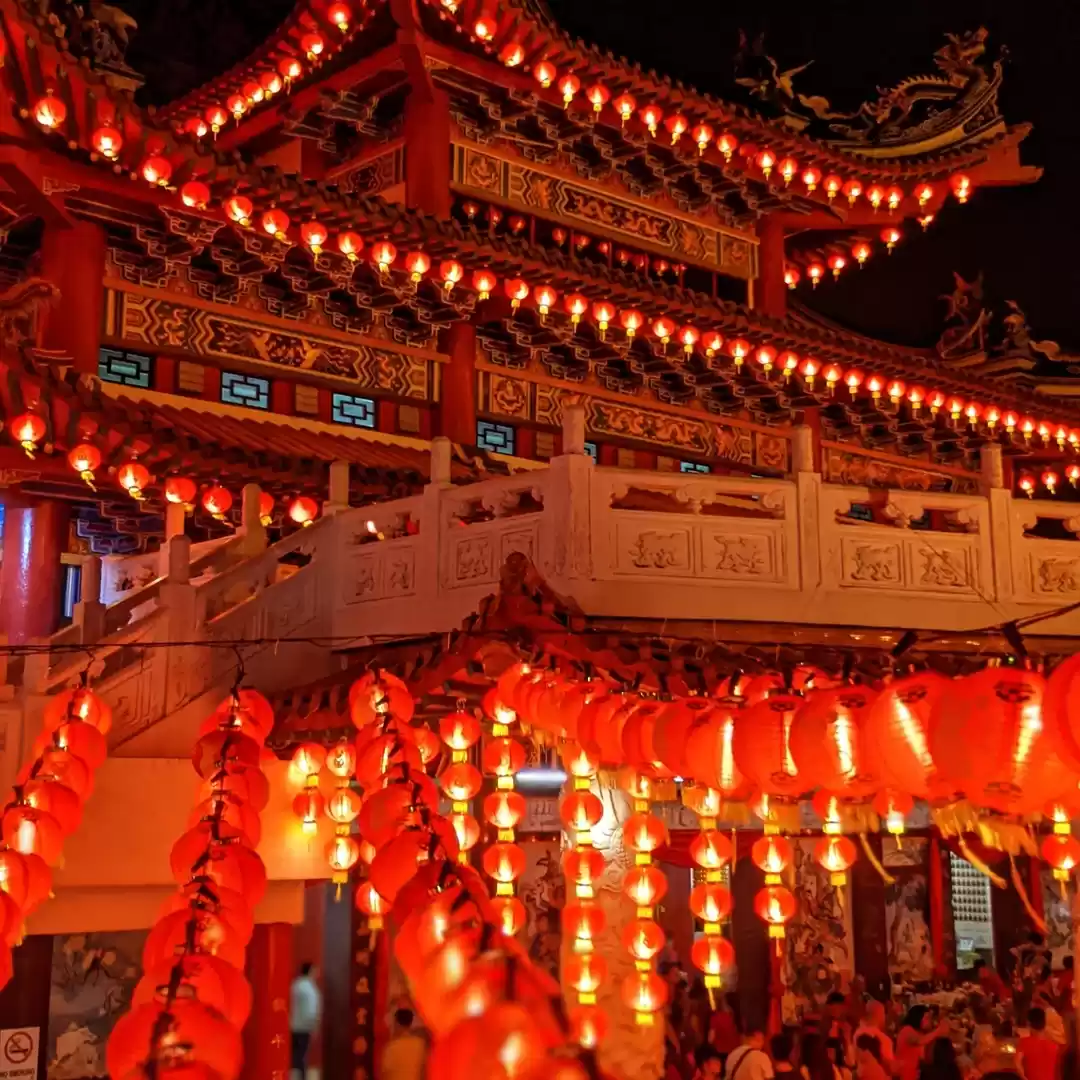Street of happiness
"Rua da Felicidade Macau"
Rua da Felicidade Macau
Not far west of Largo do Senado is Rua da Felicidade (Street of Happiness). This area with shuttered terraces which reminded me of Singapore’s shophouses, was once Macau’s main red-light district and was filled with brothels, opium dens and other illegal activity. The area was renovated and cleaned out in the 90s to today’s quaint and nostalgic look with the white walls, the red shutters and the dark/black wood.
The street was made famous by Hollywood and several scenes from Indiana Jones and the Temple of Doom (what an amazing movie, so much nostalgia!) that are meant to take place in Shanghai but were shot here as at the time, access to Chian was not possible. The government has plans to repaint the famous red shutters in the original colour – green. But whether it’s wise to change the distinguishing feature of such an iconic landmark remains to be seen.
Aside from the few restaurants in the street, look our for some old stores selling second hand items such as old landline phones and clocks. You can’t figure out if they cater to those stuck in the past or are selling them as collectible memorabilia.
Report this ad
Lou Kau Mansion
"Lou Kau Mansion"
Lou Kau Mansion
Continuing with the stunning buildings, one of the most interesting things to do in Macau is exploring the few of the heritage mansions that are open to the public. Lou Kau Mansion is one of them and it was one of the places to see in Macau that I enjoyed the most, I could decorate a room in my house in the same style as this mansion.
Built around 1889, this UNESCO-listed Xiguan-Chinese mansion belonged to a successful merchant of the time, Lou Wa Sio known as Lou Kau, who also owned other buildings in the city and was the wealthiest person in Macau at one point thanks to being the first one to be awarded a gambling franchise from 30 years from 1882 to 1912. The Lou family also controlled the Macao welfare Lottery and the Wei Seng Lottery businesses for a similar period of time.
Lou Kau died at the age of 59 when he killed himself because of financial difficulties and the building is soaked in the stories of the rises and fall of his fortune and its fascinating past. The mansion and Lou’s story is said to be a fine example of a Chinese saying, “fu wu san dai”, “wealth does not last longer than three generations” as his son inherited the company and tried to continue in his father’s footsteps by expanding in gambling and opium trade, two popular vices of China in the 20th century. But his son, Lou’s grandson, in turn, lost it all.
The building design itself is unique and one of the most beautiful in Macau. Built in grey brick and wooden carvings with details, Lou Kau Mansion is made of three halls and two courtyards that were typical of the architectural style of the time. The rooms further inside, more protected from the outside view, were reserved for the elderly. Although the house is mostly Chinese in its design, it also incorporates elements of Western and Latin American influence.
Opened every day but Monday from 10am to 6pm. Cultural performances and events are regularly scheduled at the mansion.
Report this ad
Guia Fortress, Guia Chapel and Guia Lighthouse
"Guia Fortress and Chapel of our Lady of Guia"
Guia Fortress and Chapel of our Lady of Guia
For a generous dose of views and a completely different experience in Macau, climb up to Guia Fortress and learn about defending the city and about the Portuguese history in Macau. If you have been to Lisbon, the fortress will remind you of the city too.
UNESCO-listed Guia Fortress was key in fending off invading Dutch armies at the beginning of the 17th century and was in use until 1976 when the Portuguese retreated from Macau and the fortress was left as is. Today, the fortress is the highest point on the island and so it is a great place from where to have panoramic views of everything below.
The Guia complex is made of a fortress, a chapel and a lighthouse that is not open to the public but was built much later, in 1865. The lighthouse is the oldest modern lighthouse in China.
"Frescoes inside Guia Chapel"
Frescoes inside Guia Chapel
The most interesting part of the complex is the Chapel of our Lady of Guia which was founded by Claris nuns in the 1622 and is almost intact. The name of the chapel, and of the fortress, means guidance in Portuguese and eludes to the position of the entire complex on top of the mountain, used as guiding point for ships and pilgrims.
The frescoes inside the chapel were discovered in 1998 and are a perfect example of Macau’s rich and intertwined past, with a blend of motifs of Western and Chinese origin depicted together in orange paint. Entrance to the chapel is free and you can just go in and to the small room on the left side where the frescoes are.
Opened everyday from 9am to 6pm. The chapel opens from 10am to 5pm. There is a Tourism information center within the complex.
Report this ad
Macau Design Center
"Macau Design Center"
Macau Design Center
This former factory is the city’s first and most innovative “multi-functional design center”. The Macau Design Center opened in 2014 in a very large space spread over several floors that house retail points for local designers, a cafe, a bookstore, a reading area and a performance area.
For freelancers and digital nomads in Macau, there is also space available for rent and several venues for events. It is hip and modern, something of a breath of fresh air to the tandem of casinos and heritage buildings.
Located in the middle of a regular residential street, the center looks like any other building from the outside but when you walk in you feel the artistic air through the paintings and works hanging from the common staircase. The polished concrete of the building contrasts with the colorful works displayed, and lured me upstairs.
There are ongoing exhibitions, musical events and all sorts of things going on to promote local artists, giving them a space to showcase their work, interact and grow. You can check the agenda on their website. The rooftop garden is channels the idea of a thriving collaborative space with some benches and greenery. Ad even if there is nothing going on, you can enjoy the art displayed in the common areas. More information here.
Report this ad
St Lazarus Church district
"St Lazarus District"
St Lazarus District
The area around St. Lazarus Church is as pretty as it is authentic. The first building in its location was created to serve lepers. Today the area is filled with colourful colonial buildings and quaint cobbled streets with plenty of hip artsy shops and events happening. The St. Lazarus district is very near the main tourist spots in Macau yet usually less crowded.
Report this ad
Mercearia Portuguesa
"Mercearia Portuguesa"
Mercearia Portuguesa
This charming Portuguese corner shop has a small but quaint selection of quality products and specialty foods including honey, chinaware, wooden toys and jewellery from Portugal with vintage packaging and pretty designs. The store is tiny and tucked inside a Portuguese colonial building in the traditional yellow that is located in a quaint courtyard.
From the moment you walk in you feel transported back in time. The furniture is vintage and the store is neatly organised, as if you were in the living room or kitchen of your grandma. The products are all beautifully packaged in individual designs and stores behind glass cupboards, just like my grandma used to store the china. When you walk in you want to buy anything just because of how pretty it is. The shop is a good example of what the St. Lazarus District has to offer.
The owners of the store are famous Portuguese filmmaker and actor Ivo Ferreira and actress and former spouse, Margarida Vila-Nova, both of whom are regulars to Macau and have filmed and acted in several movies shot in the city, including the director’s last, Empire Hotel, entirely filmed in Macau.
Travessa da Paixão (Love Lane)
"Macau Love Lane"
Macau Love Lane
This small lane by the Ruins of St. Paul is interesting because of its name, which translates from the Portuguese as Passion Lane, or Love Lane. It is a pedestrian lane with a small incline and some steps but without any traffic, lined on both sides with pastel color colonial buildings. In the middle are large plant pots. It is not rare to see couples taking pre-wedding pictures here.
Despite its proximity to the most famous tourist spot in Macau, the lane is usually empty. Pop in for a photo op.
Report this ad
Macau Gaming History Gallery
Opened by the Sociedade de Jogos de Macau (SJM) in 2018, The Macau Gaming History Gallery is located inside the Hotel Lisboa’s Crystal Palace hall and showcases the city’s gaming history along with a few vintage items.
You will be able to see slot machines from the 70s, old photos of Macau’s casinos, and the evolution of casino staff uniforms. The gallery also recovers old games that are no longer played, like Chinese Keno lottery balls and Sap I Chi.
Report this ad
Admire the largest cushion cut diamond in the world
"Hotel Lisboa"
Hotel Lisboa
And talking of the Hotel Lisboa…
The hotel belongs to the wealthiest Macanese tycoon, Stanley Ho, and is one of the flashiest hotels I have ever seen and a major tourist spot in Macau. Entering the lobby is like walking into a buzzing gold market. There is people everywhere, either guests or, the vast majority, coming to one of the many restaurant, including several Michel awarded ones, or simply taking the hotel in.
One of the most incredible things to see in Macau is the largest cushion cut diamond in the world (it is so large that I had to Google it to make sure its size was in fact real). The diamond is on display at the lobby of the hotel and you just need to follow the crowds to find it.
Report this ad
Sam Kai Vui Kun
"Sam Kai Vui Kun"
Sam Kai Vui Kun
Sam Kai Vui Kun also known as Kuan Tai Temple, is a small temple tucked away at the back of St. Dominic’s Market that is believed to have been constructed before 1792. The temple is associated with trade and commerce in the area and new edicts from Chinese Mainland authorities were announced in front of the temple so it is an interesting place to visit in Macau.
The entrance is located in a small alley and often hidden by several rows of motorbikes and cars parked in front of it. Inside, you will find a small space filled with the smell and smoke of large incense spirals and several traditional elements of Chinese architecture of the time that are also found in other temples in Macau.
Observe the grey brick facade, the green glazed tiles of the roof that are common in most temples in Macau, and the pretty drawings illustrating Chinese legends. The red, golden, grey colors give a sense of mysticism and despite its location in the busiest district in Old Macau, the temple is usually quiet with just a few devotees making their offerings and prayers.
The temple is open from 9am to 6pm daily and beware of the strong incense smoke in such small space.
Report this ad
Pawn shop Museum
"Pawn Shop Museum Macau"
Pawn Shop Museum Macau
I stumbled upon the Pawn Shop Museum almost by accident, wandering the street of Old Macau, a fine example of how the best things to do in Macau, beyond those found in most list, are those we stumble upon while simply wandering Old Macau, instead of ticking items off a list.
The Tak Seng On Pawnshop, translated as The Virtue and Success Pawnshop, opened in 1917 by a wealthy merchant. The house was taken over by the Macau Government and restored into a heritage shop, preserved as it was when it was still operational.
If you go in you can still see the furniture and the setup of the store, with dividers to preserve customers privacy and counters to record purchases and pledges.
The museum is not very big, as only the front office is open to the public whereas the storage tower where the goods would have been kept is closed. Entrance is free and the museum is open from 10,30am to 7pm daily with the exception of the first Monday of the month.
Report this ad
Mandarin’s House
"The Mandarin House"
The Mandarin House
This is one of the nicest places to see in Macau. Built around 1869, Mandarin’s House, with over 60 rooms, was the family home of Zheng Guanying, a literary figure who influenced emperors like Dr Sun Yat Sen and Chairman Mao who cited his works as an inspiration.
The compound is the largest in the UNESCO-listed Historical Center of Macau, and also the largest private residence in the country. It measures 4,000 square meters of courtyards, master and servant rooms, a garden and several halls.
The house is a typical Guangdong residence with many Western and elements and it is similar to Lau Kau Mansion. When it was built, the harbour was visible from the house. In the 50s, Zheng’s descendants moved out and rented the place which was divided up by many tenants, at one point amounting 300.
"Inside Macau's Mandarin House"
Perhaps one of the most beautiful features of the Mandarin House is a variety of Chinese “moon gates”, which separate the various spaces in the house. One of them was re-erected recently to mimic the one that is believed to have been there before and removed in 1950. The building is located next to one of the first Portuguese piazzas in Macau, for an extra dose of multiculturality.
Visiting the Mandarin House is one of the nicest things to do in Macau because it not only provides a bit of insight into the lives of the wealthy in Macau’s prosperous 19th century, but also a connection to the rest of China. Its peaceful courtyards and gardens are also a nice place for a stop.
Open daily 10 to 6pm and closed on Wednesdays. Tours are conducted in Cantonese in the weekends. As the government set to renovate and restore the building, the house’s website is a good resource and also produced this useful leaflet.
Report this ad
Tai Fung Tong Art House
"Tai Fung Tong Art House"
Tai Fung Tong Art House
One of the best things to do in Macau is simply wandering the streets and finding new and interesting places. Like, Tai Fung Tong Art House, an exhibition center that was built by a philanthropist almost a century ago and is housed in the Choi Lok Chi Mansion. The building is unique in its design and incorporates elements of European architecture so it is worth admiring. Open daily from 2pm to 6pm.
Report this ad
Macau Tower
Macau Tower
Macau Tower
At 338m, Macau Tower is the highest point in Macau. Located at the southern point of Peninsular Macau, it offers sweeping views across the sea. There is an observation deck on the 58th and 61st floors and other options for the real thrill seeker, like bungy jumping off the highest jump in the world or sky walking on the outer facade.
For the real adrenaline junkies there is also a tower climb which climbs right up to the highest point of the tower through the vertical ladders. You can purchase entrance into Macau Tower ahead of time online from Klook, the largest ticketing and tour company in Asia so that you don’t have to queue or wait.
Be brave and book tickets for one of the more adrenaline pumping options. Go on your first bungy jump, this is a relatively controlled version if you have never tried it before. Or if you are a bit more of a scary cat, the tower skywalk, the tower skyjump or tower climb are also great options. Or if you are undecided and just want to read more about what to expect, head over here.
The tower also has a host of dining venues including a 360 restaurant, which you can also reserve ahead of time by clicking on the following – dinner buffet, tea delights or lunch buffet. This will save you a lot of time and hassle.
Report this ad
Biblioteca Sir Robert Ho Tung
Sir Robert Ho Tung’s library is a pretty building tucked at the end of a street with a quiet garden. The building dates from the 1894 and was originally the residence of Carolina Cunha until Sir. Robert Ho Tung, a businessmen from Hong Kong, acquired it in 1918. He moved into the house during the WWII and upon his death, the building was donated to the Government of Macau, as indicated in his will, together with enough cash to buy books and convert the house into a public library. It opened as such in 1958.
The library is a peaceful place to read or study and is also home to rare Chinese books from the Ming Dynasty as well as first edition Chinese-English and Chinese-Portuguese dictionaries. There are also Christian books from the 19th and beginning of the 20th century.
Report this ad
Tap Seac Square and Gallery
"Tap Seac Square"
Tap Seac Square
This beautiful square is surrounded by some of the most important neo-classical buildings from the 1920s including Macau’s Instituto Cultural Cultural Affairs Bureau, Tap Seac Health Centre, Central Library, Library for Macau’s Historical Archives and Tap Seac Gallery, which opened as a private residence in the typical neo-classic European style.
"Macau Glass House"
The Square is also home of the Glass House, repurposed into the home of creative entrepreneurs and artists and quite in contrast with the rest of the yellow and maroon buildings the surround the square. Tap Seac Square is also a place to check out during celebrations like Chinese New Year when it is decorated for the occasion.
#20ThingsILoveAboutMacao
#TripotoCommunity
#rcpy3131


